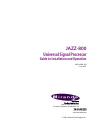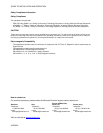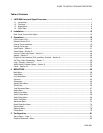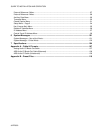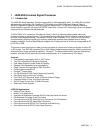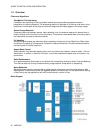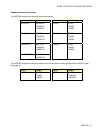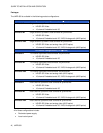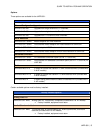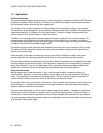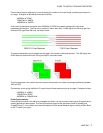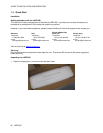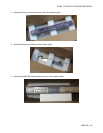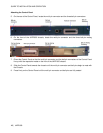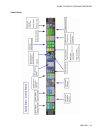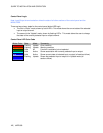
GUIDE TO INSTALLATION AND OPERATION
2 | JAZZ-800
1.2 Overview
Filters and Algorithms
PixelMotion™ De-interlacing
PixelMotion de-interlacing of video originated material produces perfect progressive frames in
preparation for further processing. The processing aperture is adjusted on a pixel-by-pixel basis, which
preserves all of the detail of the original interlaced image and eliminates jaggies in the output image.
Scene Change Detection
Preserves clean cuts between scenes. Upon detecting a cut, the temporal aperture is reduced from 4-
fields to 2-fields for the first frame in the new scene. This prevents uncorrelated data from being used in
the interpolation process at scene boundaries.
3:2 Handling
Recognizes and handles the redundant fields inserted by the telecine during 24fps film to 30fps video
conversion. By detecting 3:2 sequences it allows for better performance in the de-interlace process by
maintaining the full vertical resolution.
Aspect Ratio Control
Allows selection from standard aspect ratios, such as common top & bottom, common sides, 14:9 and
Anamorphic. In addition, it allows for Flexview, a non-linear anamorphic aspect ratio, to be used in up-
conversions.
Detail Enhancement
Is an edge-sharpening filter based on a traditional film compositing technique called "Unsharp Masking."
This filter corrects any blurring introduced during image capture, compression or resampling.
Noise Reduction
Adjustable noise reduction controls offer a greater degree of temporal recursive noise reduction with
fewer artifacts. A bias control allows the aggressiveness to be fine-tuned. For filter performance testing,
a Red Overlay can be applied that will color pixels that are in motion in Red.
Block Diagram



